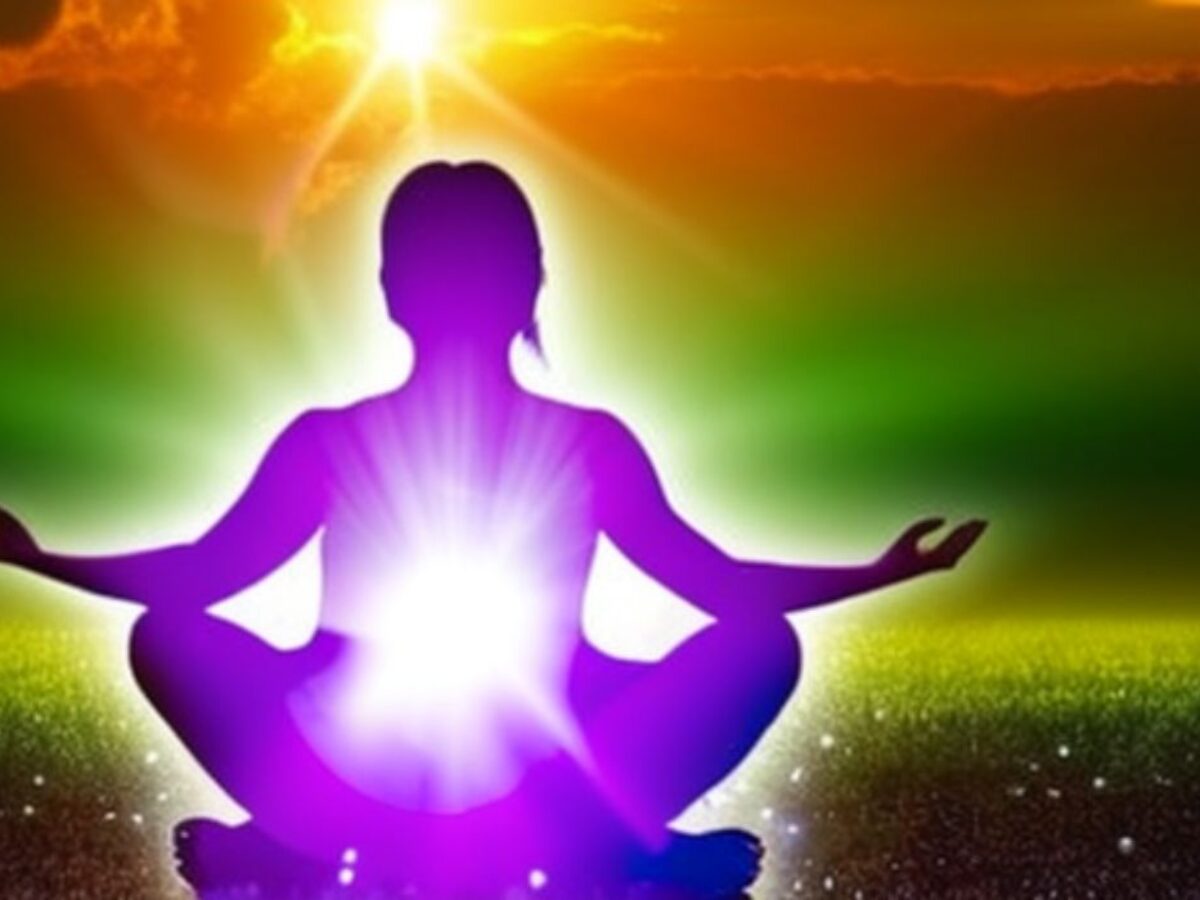
In the journey of understanding the anatomy of the soul, prayer inevitably becomes part of the conversation. Yet before we begin, let me be clear: I hold no allegiance to any organized religion. To me, religion often resembles a grand costume party — layers of tradition and ceremony that sometimes conceal more than they reveal.
Still, hidden within each tradition — Christianity, Buddhism, Hinduism, Taoism, African Spirituality, Judaism, Baháʼí Faith — lie timeless jewels: the mystical paths. These are the paths walked by saints, sages, prophets, and seers — those who stripped away the garments of dogma to stand naked before the Divine. Mystics remind us that truth is universal, unshackled by creeds and rituals.
Mystics have always posed a danger to religious institutions. From Jesus of Nazareth to Rumi, from Rabbi Akiva to Meister Eckhart, from Buddha to Baha’u’llah, their deep spiritual awakenings exposed the illusions many others clung to. They revealed a profound secret: the soul belongs to no religion. The soul is pure — beyond labels, doctrines, and identities.
The Soul: The Compass of Truth
So what is the soul?
At its simplest, the soul is the part of you that knows truth from falsehood. It is the quiet voice that stirs unease when we lie, deceive, or stray from our higher selves. It is the vessel of the Divine within you — what the Taoists call the Dao, the natural, spontaneous flow of life toward balance and harmony.
In Hindu thought, it mirrors the concept of Atman — the true Self, untouched by the illusions (maya) of the world. In Christianity, it is the “still, small voice” Elijah heard on the mountain. In African spirituality, it is the ancestral breath moving through you, whispering the knowledge of unity with all creation.
Yet, sadly, most of us are trained to ignore it.
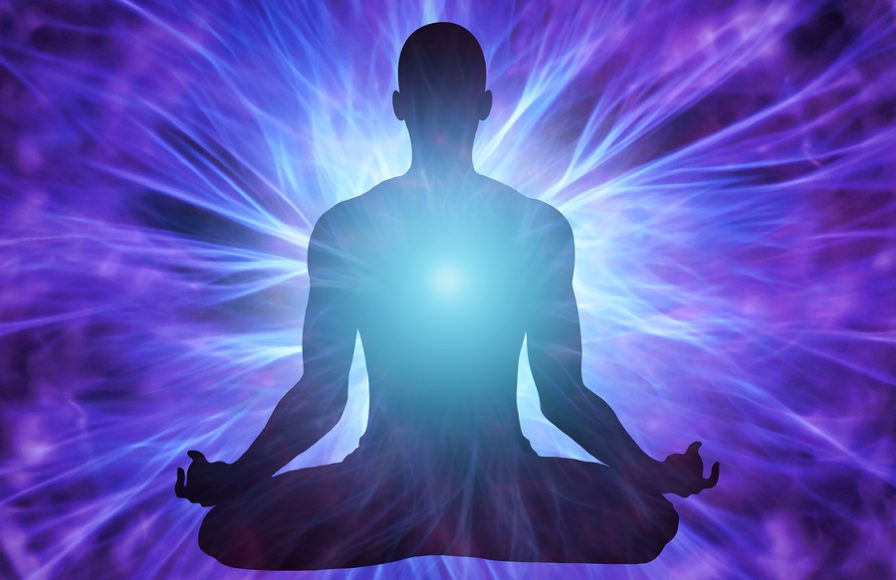
We cling fiercely to false identities — to race, status, success, political views, even religious dogmas — knowing deep down they are illusions. Our souls whisper, sometimes scream, but pride binds us tighter. We would rather defend a lie to the grave than surrender to a truth that dismantles who we think we are.
But the soul… the soul will not be silenced.
The Discomfort of Awakening
Oddly enough, those who feel most lost, broken, or conflicted are often closest to their souls. Their suffering signals the rupture between illusion and truth.
Buddha taught that suffering (dukkha) arises from clinging — clinging to what cannot last, to what is not real. When your soul cries out, it is the Divine vomiting out poison, just as the body reflexively rejects what would harm it. No conscious permission is needed. The soul corrects you, pulling you back from self-destruction.
The Baháʼí Faith speaks of the soul’s journey as a process of refinement — like a rough stone polished into a mirror that reflects the light of God.
The soul, in its purity, cannot lie.
It cannot compromise.
It cannot be bought.
Cross too many lines, ignore too many warnings, and you may find yourself in a pit so deep, you no longer remember the way out. Selling the soul, as mystics warn, is not metaphorical — it is real. Each lie, each betrayal of our deepest knowing, severs us further from our source.
But awakening — even painful awakening — reconnects us.
The Deep Prayer: “Take Me Down Deep”
Teresa of Ávila, a mystic of profound wisdom, taught that the path to the soul begins with self-knowledge — not self-centeredness, not egoic dreams of fame or success, but a fierce, humble, surrendering look inward.
True prayer is not begging for miracles. It is not “God, make me important.”
It is this:
“Take me down deep into myself. Reveal why You breathed life into me. Unfold the mysteries of being that I may know You and know Life.”
The African griots, keepers of wisdom, sing that every human carries within them a “sacred story” that must be remembered. The Tao Te Ching reminds us that “to know others is intelligence, to know oneself is true wisdom.”
This deep self-knowledge becomes the lantern that lights the way back to God.
Why Now? The Sacred Opportunity of Our Time
You are alive at a truly rare moment in human history. When future generations look back, they will mark this era as a time unlike any before — a time of unparalleled transformation, peril, and potential.
We stand at a crossroads:
- Descend into darkness through greed, fear, and forgetfulness.
- Or rise into new light through awakening, humility, and reconnection.
The Tao teaches that danger and opportunity are two sides of the same coin. The Jewish Kabbalists saw this age as the time of Tikkun — world repair — when the shattered vessels of existence could be restored through collective spiritual work.
Never has the call been louder.
Never has the opportunity been greater.
Never has the soul’s whisper been more urgent.
Returning to the Soul, Returning to Oneness
Beyond religion, beyond identity, beyond even thought, lies your true being — the pure soul. It is not a doctrine to believe, but a reality to experience.
Christian mystic Meister Eckhart said it beautifully:
“The eye with which I see God is the same eye with which God sees me.”
There is no separation.
There never was.

The soul is the Divine reaching toward itself — through you.
Now is the time to listen.
Now is the time to awaken.
Now is the time to dive deep — not into someone else’s story, but into your own sacred truth.
The journey is not easy, but it is the only one worth taking.
🌟
Frequently Asked Questions on Awakening the Soul
1. What is the author’s perspective on organized religion in the context of spiritual awakening?
The author views organized religion as often being like a “grand costume party” with layers of tradition and ceremony that can obscure the deeper spiritual truths. While acknowledging that timeless wisdom exists within various religious traditions (Christianity, Buddhism, Hinduism, Taoism, African Spirituality, Judaism, Baháʼí Faith), the author emphasizes the mystical paths within them, walked by those who have transcended dogma to experience the Divine directly. The author holds no specific allegiance to any religion, suggesting that the essence of spirituality lies beyond religious structures.
2. How does the author define the “soul,” and what are its key characteristics?
The author defines the soul as the part of an individual that inherently knows truth from falsehood, acting as a “quiet voice” or compass guiding one away from deceit and toward one’s higher self. It is described as the vessel of the Divine within, akin to the Tao in Taoism, Atman in Hinduism, the “still, small voice” in Christianity, and ancestral breath in African spirituality. Key characteristics include its purity, inability to lie or compromise, and its role as the source of unease when one acts against their inner knowing.
3. Why does the author suggest that those who feel “lost, broken, or conflicted” might be closer to their souls?
The author posits that feelings of being lost, broken, or conflicted often signal a “rupture between illusion and truth.” This suffering, similar to the Buddhist concept of dukkha arising from clinging to impermanent things, can be the soul’s way of correcting one, rejecting what harms the true self. These difficult emotions indicate that the soul is actively trying to pull the individual back from self-destruction and towards awakening.
4. What does the author mean by “selling the soul,” and what are the consequences?
Selling the soul, according to the author, is not a mere metaphor but a real process of severing oneself from their deepest knowing through repeated lies and betrayals of one’s inner truth. Each such act further distances an individual from their spiritual source, potentially leading to a state so disconnected that the way back becomes obscure. Mystics warn against this path, emphasizing the tangible spiritual cost of ignoring the soul’s guidance.
5. How does the author describe “deep prayer,” and what is its purpose in the journey of awakening?
Deep prayer, as described by the author, is not about begging for miracles or seeking personal aggrandizement. Instead, it is a humble and surrendering inward look, a request to be taken “down deep” into oneself to understand the purpose of one’s existence and to uncover the mysteries of being in order to know the Divine and life more fully. This form of prayer, connected to self-knowledge emphasized by mystics like Teresa of Ávila and the wisdom traditions of African griots and the Tao Te Ching, serves as a “lantern that lights the way back to God.”
6. What is the “sacred opportunity” of our current time, according to the author?
The author believes that the present era is a unique period in human history, marked by both significant peril and immense potential for transformation. We stand at a crossroads where we can either descend into darkness through negative forces or rise into new light through awakening. This time is seen as an opportunity for “Tikkun” or world repair, requiring collective spiritual work to restore balance and harmony. The urgency of the soul’s whisper is highlighted in this context.
7. What does the author mean by the statement, “The eye with which I see God is the same eye with which God sees me”?
This quote from Christian mystic Meister Eckhart emphasizes the fundamental unity and lack of separation between the individual soul and the Divine. It suggests that the capacity within us to perceive and connect with the Divine is inherently the same as the Divine’s awareness and connection to us. This underscores the idea that the soul is not separate from God but rather an expression or extension of the Divine.
8. What is the ultimate goal of the spiritual journey as presented in the text, and how does one begin this journey?
The ultimate goal is to return to one’s true being, the pure soul, which lies beyond religious affiliations, identities, and even conceptual thought. This is described as experiencing a reality of oneness with the Divine. The journey begins with a conscious decision to listen to the soul’s whisper, to awaken to its truths, and to engage in a deep inward exploration of one’s own sacred truth, rather than adhering solely to external doctrines or the stories of others. While acknowledged as not easy, this inward dive is presented as the only truly worthwhile path.





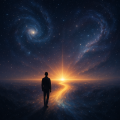



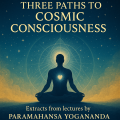








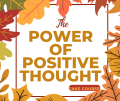

0 responses on "Awakening the Soul: Beyond Religion into the Sacred Mystery of Being"